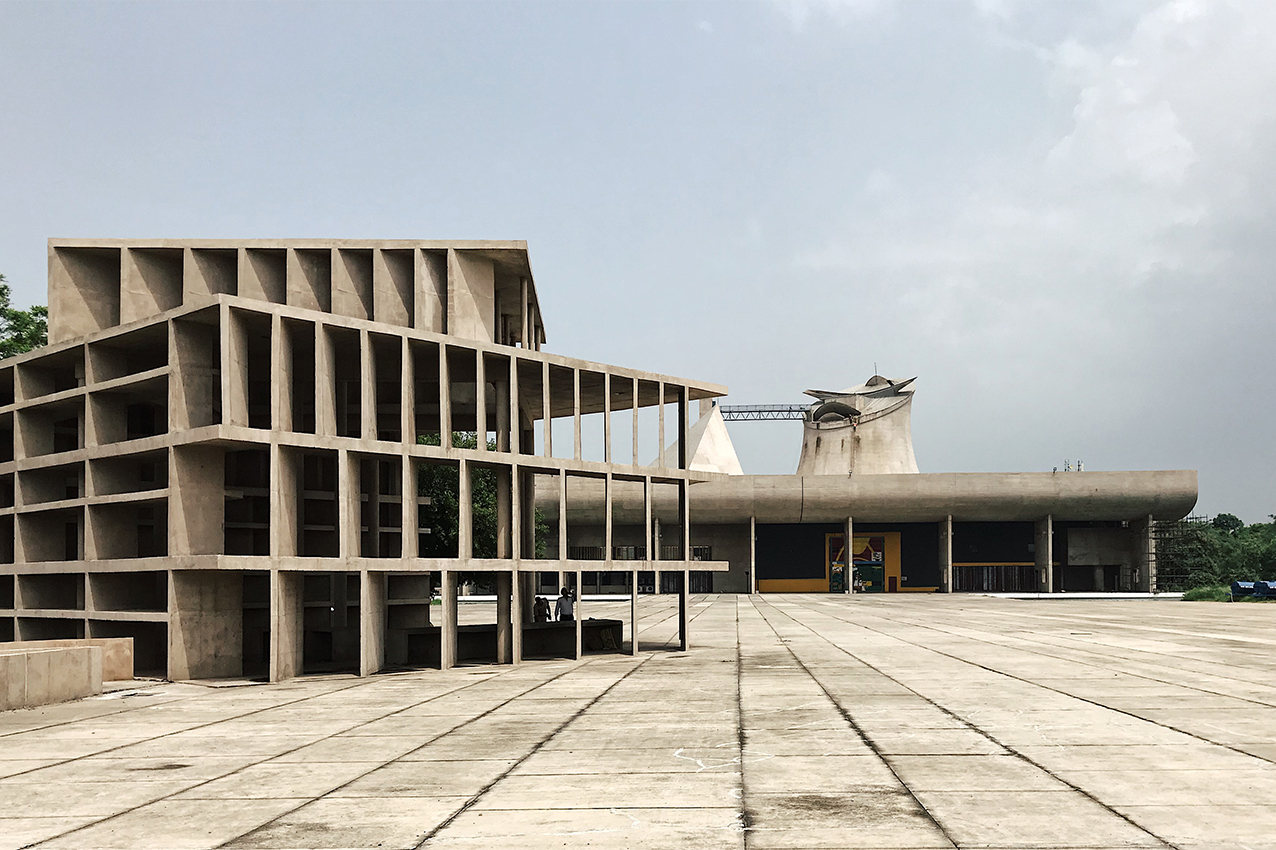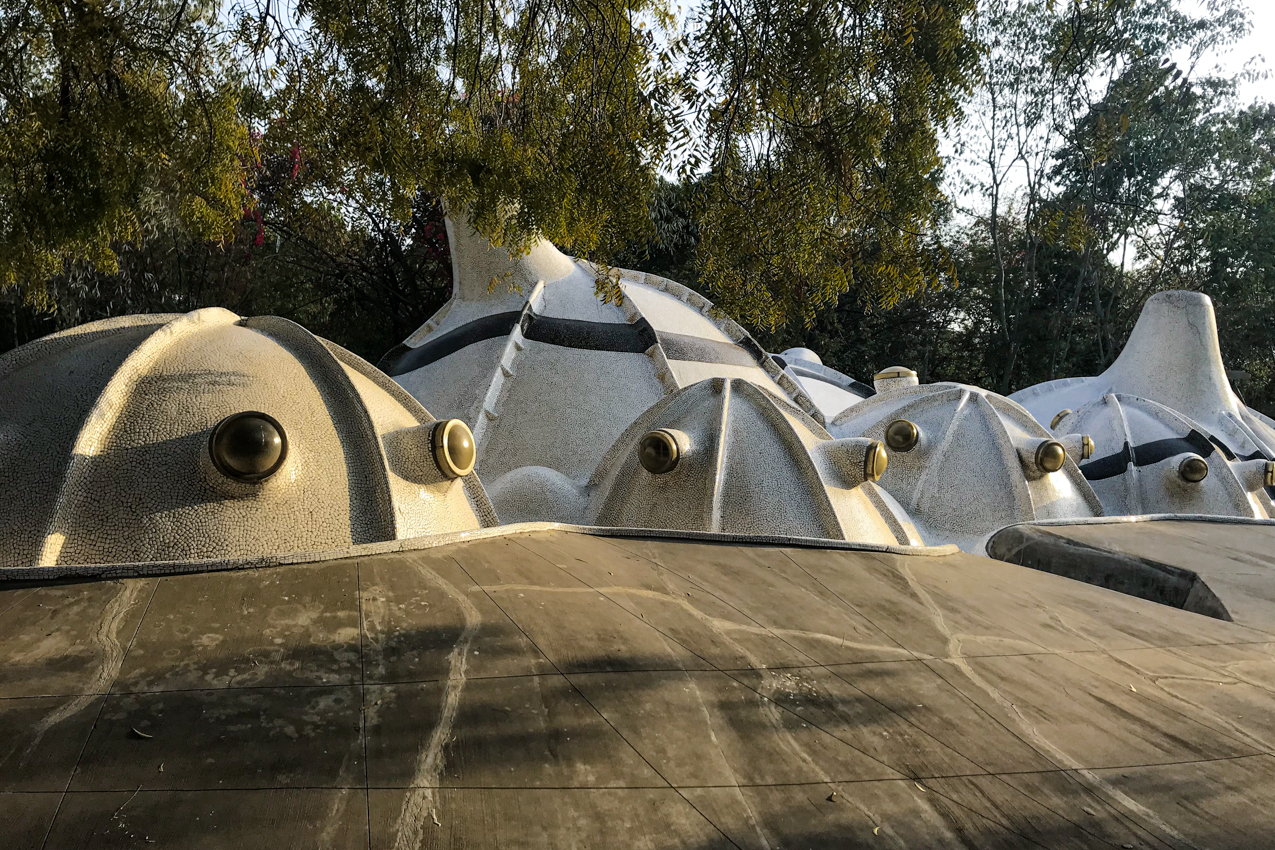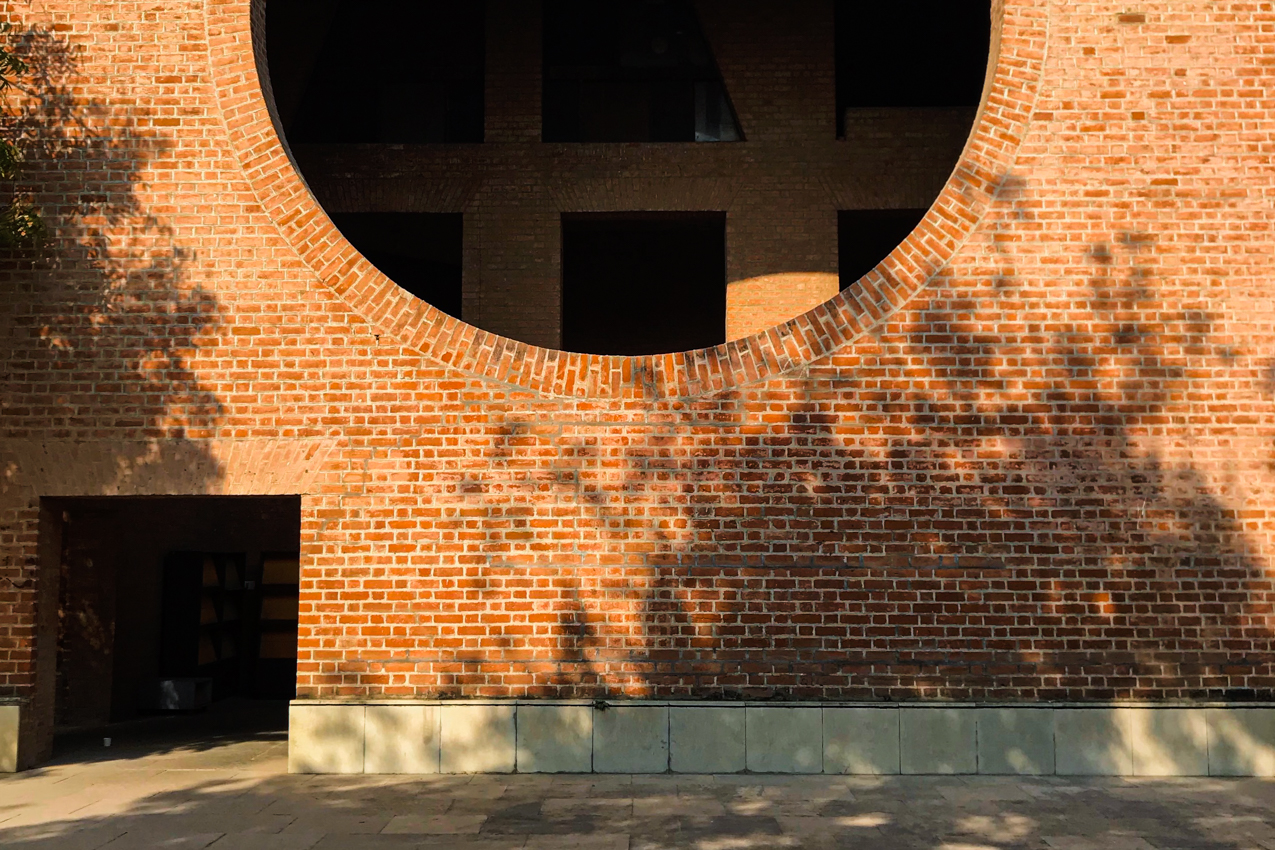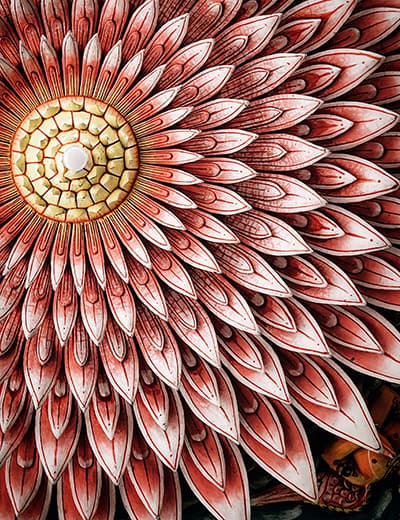A naked sepia edifice stares down at the fickle traffic. An architect reminiscences the story of a city’s birth. The touch of raw concrete under a neem's canopy soothes the tired feet. Along the austere corridors of an institution, the murmuring of students gently echo. Ornate curves and arches give way to brute geometry. A game of sunlight and shade persists.
India, a newly formed nation seeking to forge a singular identity from the many, found an interesting refuge in modern architecture. This journey explores India’s tryst with the architectural styles of the 20th century starting with the Mughal stronghold of Delhi, where two eras of power, different in time and essence, stand together solemnly. It then heads through the defined lanes of Chandigarh, an anomaly of measured grids in the sprawling lines of an Indian map. From there, the trail enters the old city of Ahmedabad, a centre whose flourishes are greatly expressed in the confluence of different styles found in its quaint lanes. The path comes to rest at the metropolitan of Mumbai, a city - of tightly packed chawls, elaborate bungalows, plush cars and crowded trains - for all.
A longstanding seat of power, Delhi has borne witness to the rise and fall of many dynasties, evident in the many monuments that lay hidden in the urban agglomeration. In buildings like the India International Centre and the Palika Kendra, the city saw bold experiments by Allen Stein, Kuldip Singh, Habib Rahman and the likes who vowed to provide it with the identity that represented the nation’s vision.
Testimony to a beginning, Chandigarh was a planned city among cities that seem to have grown organically with varied architectural influences at different points. The magnum opus of Le Corbusier, the city was modelled after the human body with sectors being divided and designed based on their functionality.
Ahmedabad is a ground that exhibits proudly, its longstanding romance with architecture. Louis Kahn, Charles Correa and B. V. Doshi explored blending the ideas of functionality and traditions of building with locally available materials. In its exposed brick structures and experimental buildings like Amdavad Ni Gufa, one finds the modern architectural oeuvre attain a full circle.
Considered to be the first modern cosmopolitan of India, Mumbai is the perfect representation of urbanity. A city of dreams that evolved under the colonial rule, it is the city where the irregular chaos that is characteristic of India and the symmetry of modernity come together to form a unique rhythm which the city’s many lives jive to.
-
Cities
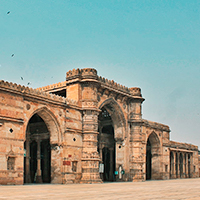
Ahmedabad
Behind the rumbling commercial hub and high rises of Ahmedabad lies a city with a history and heritage that run deep into the past. Declared by UNESCO as India’s first heritage city, its lanes and streets bear sites ranging from palaces and tombs to stepwells and structures that boast of diverse modernist architectural styles. Besides a built heritage, its vibrant textile traditions and distinctive cuisine add to the charm of this old city.
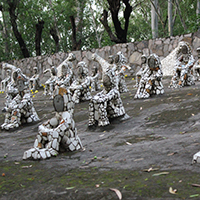
Chandigarh
The first planned city of independent India, Chandigarh stands tall as a paean to modern architecture, dreamt of by Jawaharlal Nehru and brought to life by the pioneer of modern architecture, Le Corbusier. The city is divided into neat rectangular blocks by leafy avenues, with green belts separating the residential, industrial, and government centres, leading to it being one of the cleanest cities in the country.
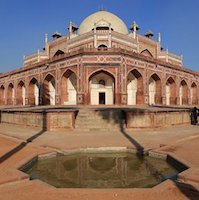
Delhi
Delhi is an enchanting medley of influences, one foot deeply grounded in time-revered traditions, whilst the other steps forth confidently into the future. The country's capital is a labyrinth of old structures speckling the suburbs juxtaposed with concrete blocks and crowded avenues. It is one of India's multifaceted cities, embracing diversity, while simultaneously offering the traveller historic masterpieces and a taste of contemporary India.
-
HOSPITALITY
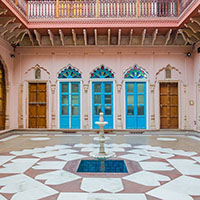
Haveli Dharampura
In the crowded lanes of Old Delhi lies a world of Mughal era charm, recently restored to showcase life during that time, providing a glimpse of the opulence of the empire. Engulf yourself in the sounds, sights, and smells of this haven as you are treated to a luxurious stay in a century-old mansion.
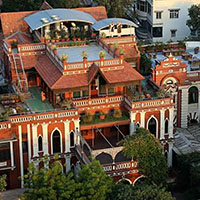
House of MG
A boutique heritage hotel that stands by the essence of Ahmedabad, House of MG is an early 20th-century mansion converted into a hotel which exudes the grandeur of the Colonial Era while retaining the warmth of a homely ambience.
-
EXPERIENCES
Spend time with an architect
Get a glimpse into the method behind the madness of architecture. Visit an architect or a designer in their workspace and observe their eccentricities that lead up to the unfolding a creative process.
Stroll around Steinabad
Walk around Steinabad, a hamlet of peace within the busy metropolis where the structures blend in harmony with the canopy of trees. Named in memory of the famous architect Allen Stein, the area showcases how the urban space was influenced by his unique architecture.
Trace the revival of heritage spaces
Visit some of the heritage spaces of Delhi, along with a conservation architect to understand how these remnants from the past find a place in today's cities and the significance of conserving monuments that serve as relics of our diverse history.
Understanding modern education spaces
Visit some of the educational institutions built in the wake of independance along with an historian and understand how modern architecture became the symbol of assertment of secularism and modernity in the field of education.

A Wondrous Moonland
A journey that takes one through the surreal mountainscapes and the unique lifestyles of the Ladakh region...
Bespoke Journey • North India

Of Myth and Mist
A classic journey exploring the many cultures that exist in Northeast India, through the states of Assam, Meghalaya, and Nagaland...
Bespoke Journey • East India
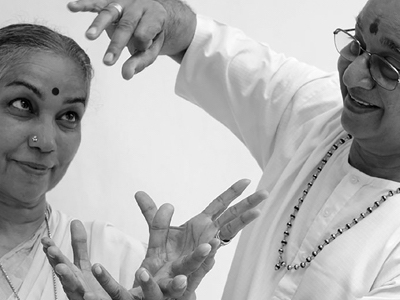
A Sublime Union
Shanta Dhananjayan and her husband Vannadil Pudiyavettil Dhananjayan, one of the most revered dance couples...
Narrative • South India

The Guardian of Keys
The first encounter with the driver may be intimidating. When I get off the plane, come out of the airport, at first...
Narrative • North India
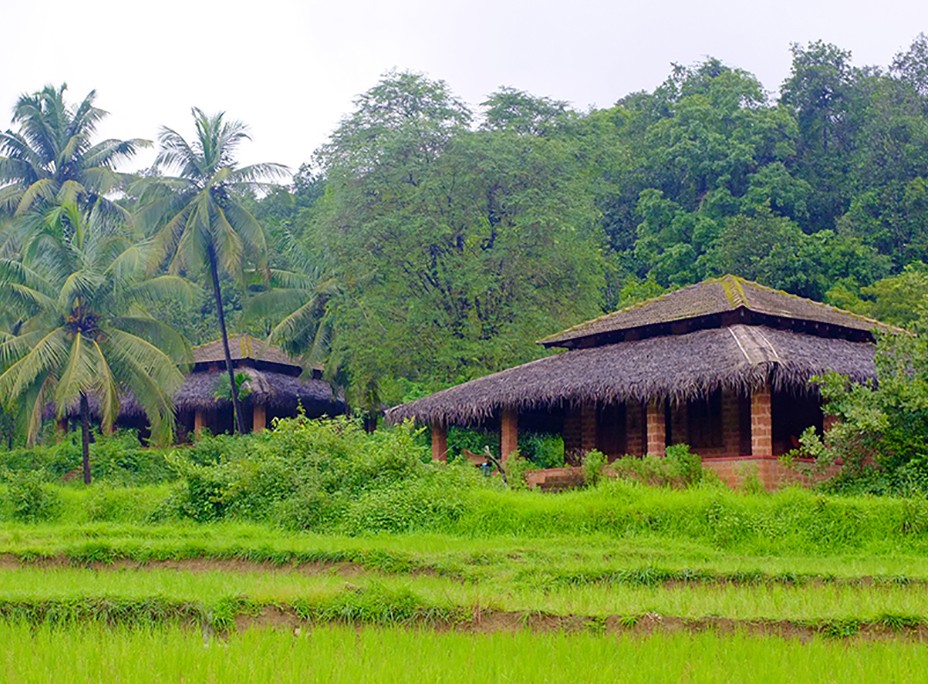
VanaVasa
VanaVasa is a Sanskrit word that translates to forest stay, which speaks volumes about this beautiful...
Hotel Guide • South India

In Search of Artisans
Delve into our journey with Hole & Corner across Rajasthan where we explored handicraft and textile traditions in this land of plenty...

